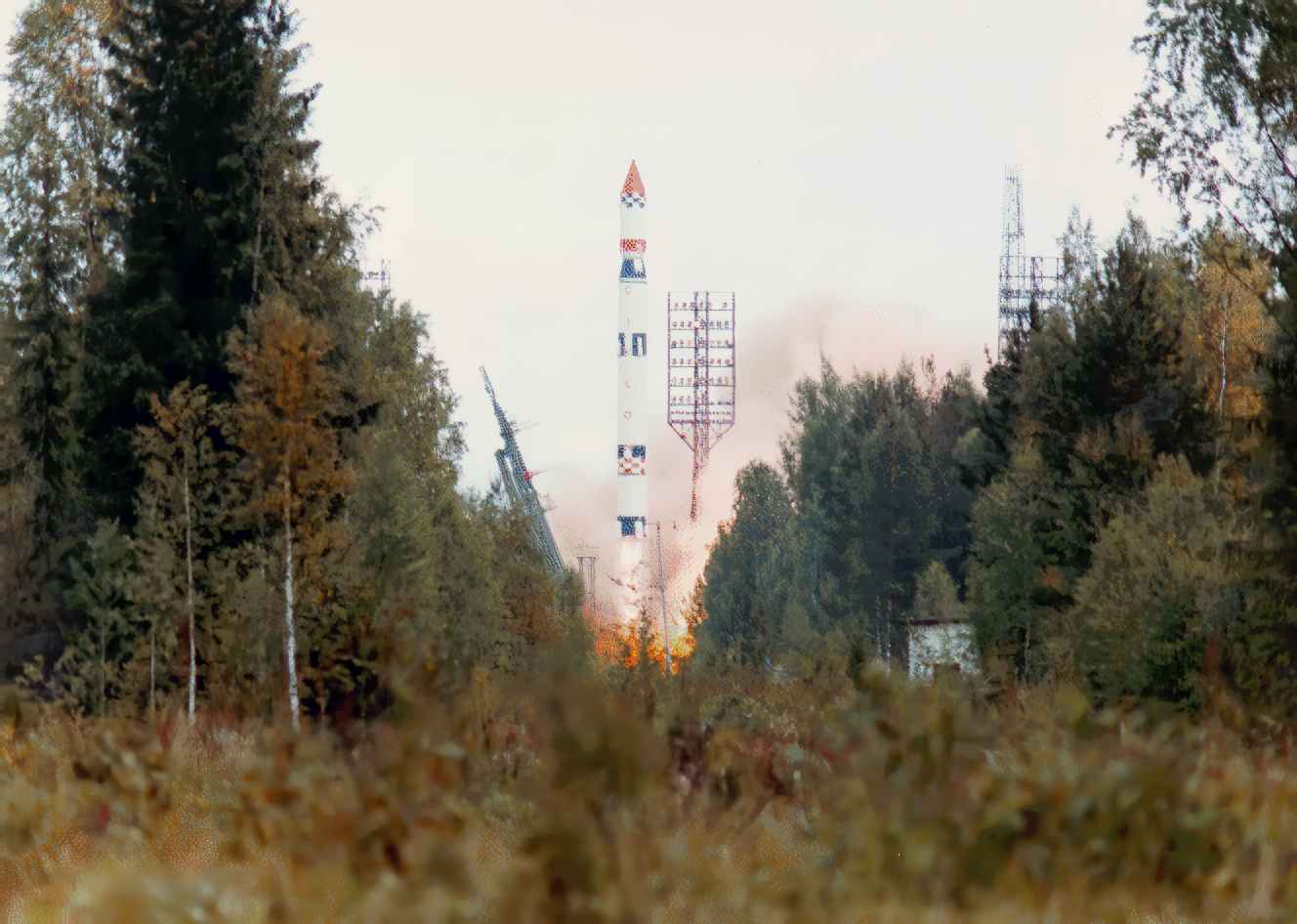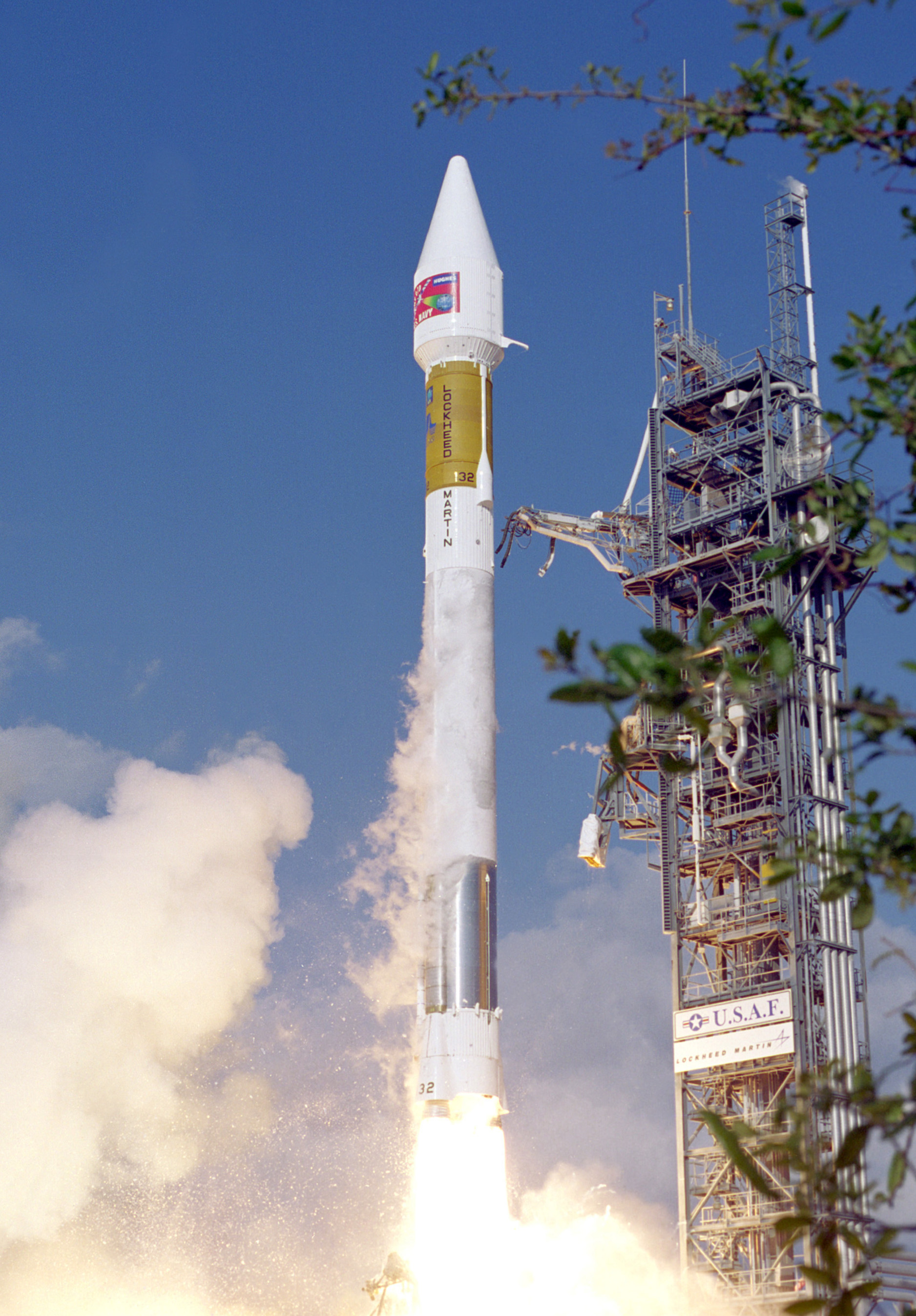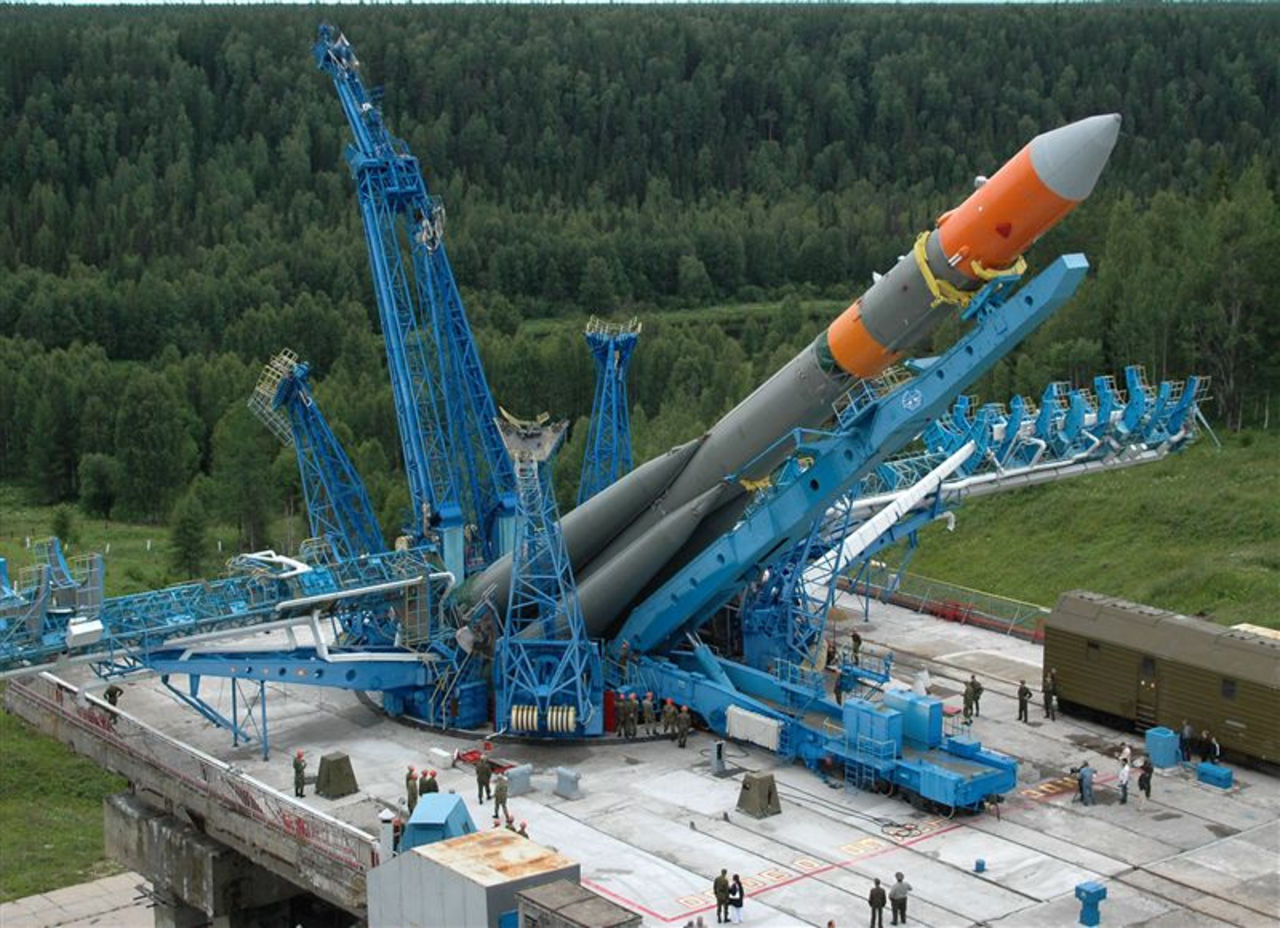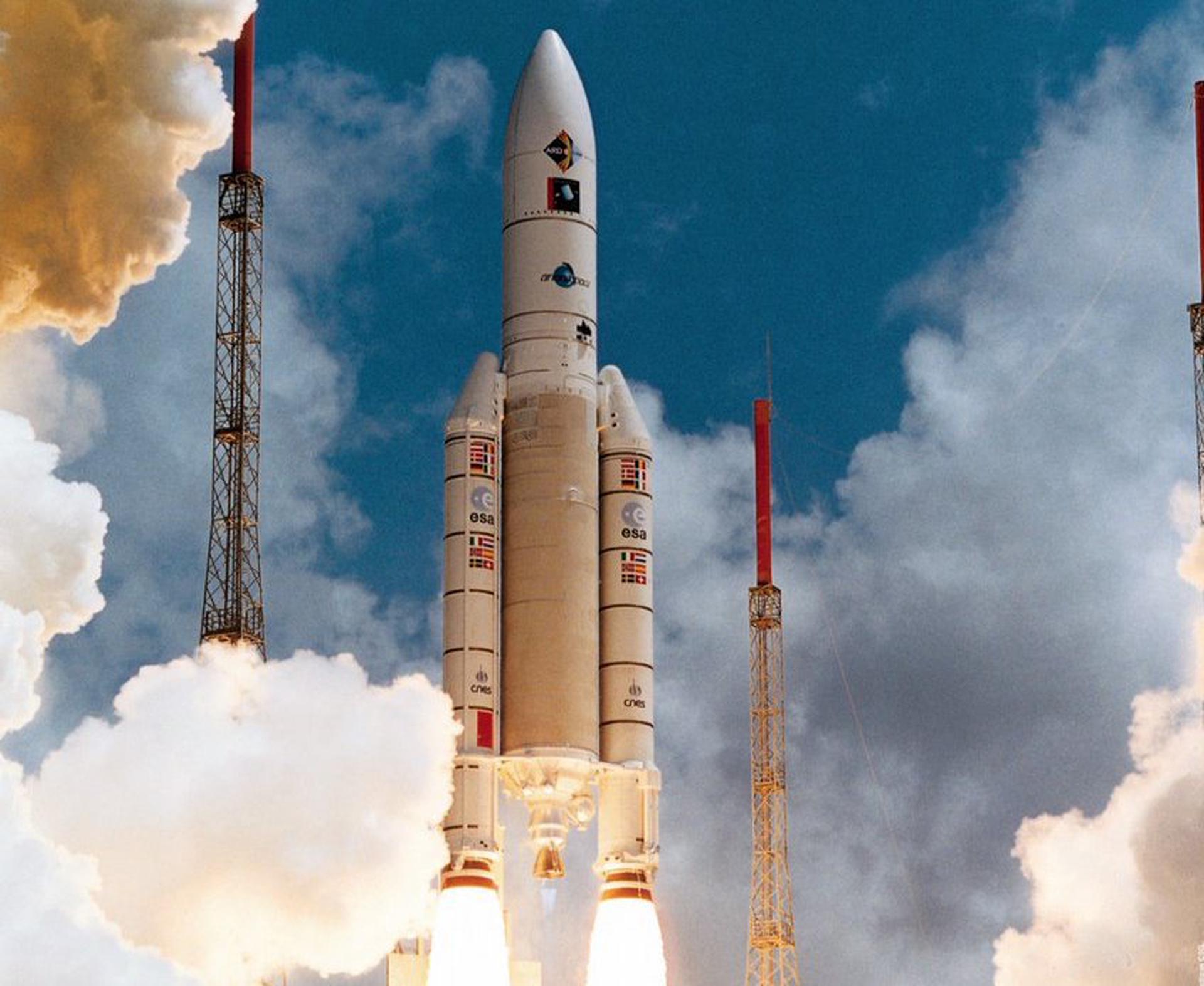Previous Spaceflight Launches
Filter by Agency, Locations or Vehicles
Show All LaunchesSpace Shuttle Discovery / OV-103 | STS-105
National Aeronautics and Space Administration | United States of AmericaKennedy Space Center, FL, USA
Aug. 10, 2001, 9:10 p.m.
Status: Launch Successful
Mission:
STS-105 was a mission of the Space Shuttle Discovery to the International Space Station, launched from Kennedy Space Center, Florida, 10 August 2001. This mission was Discovery's final mission until STS-114, because Discovery was grounded for a refit, and then all Shuttles were grounded in the wake of the Columbia disaster. The refit included an update of the flight deck to the glass cockpit layout, which was already installed on Atlantis and Columbia.
Low Earth OrbitDelta 7326-9.5 | Genesis
McDonnell Douglas | United States of AmericaCape Canaveral SFS, FL, USA
Aug. 8, 2001, 4:13 p.m.
Status: Launch Successful
Mission:
Launch delayed from February 10 and July 30. The Genesis probe flew to the Earth-Sun L1 Lagrangian point and spend two years collecting samples of the solar wind. The collected samples were to be physically returned to Earth in a sample return capsule (air-snatch recovery was planned over Utah) and analysed in ground-based laboratories. On September 8, 2004, the Genesis space probe became the first spacecraft to return from beyond lunar orbit to the Earth's surface. The Genesis Sample Return Capsule separated from the spacecraft on September 8, 66,000 km above the Earth. The capsule successfully re-entered the atmosphere over Oregon at 11 km/s, but a wiring error resulted in the drogue parachute release mortar failing to fire at 33 km altitude. The capsule crashed to earth at 90 m/s in the Dugway Proving Ground at 40 07 40 N 113 30 29 W. Although the vehicle was smashed, some of the samples could be retrieved.
Heliocentric L1Titan 402B IUS | DSP 21
Lockheed Martin | United States of AmericaCape Canaveral SFS, FL, USA
Aug. 6, 2001, 7:28 a.m.
Tsiklon-3 | Koronas F
Yuzhnoye Design Bureau | UkrainePlesetsk Cosmodrome, Russian Federation
July 31, 2001, 8 a.m.
Atlas IIA | GOES 12
Lockheed Martin | United States of AmericaCape Canaveral SFS, FL, USA
July 23, 2001, 7:23 a.m.
Status: Launch Successful
Mission:
The Geostationary Operational Environmental Satellites were developed by NASA-Goddard and were transferred to the NOAA weather agency when operational. In addition to the usual weather imager/sounder, GOES-M carried a new solar soft X-ray imager.
Supersynchronous Transfer OrbitMolniya-M | Molniya-3
Russian Space Forces | RussiaPlesetsk Cosmodrome, Russian Federation
July 20, 2001, 12:17 a.m.
Status: Launch Successful
Mission:
The Molniya-3 group of four satellites was used to create the Orbita communications system for northern regions of the Soviet Union. The land segment used a 12 m diameter parabolic antenna, pointed automatically at the satellite using autonomous electromechanical equipment. Although primarily for civilian applications, later versions were part of the Soviet YeSSS Unified Satellite Communications System. Trials of this version began in the 1980's, with the system being accepted by the military in 1983-1985.
Geosynchronous OrbitAriane 5 G | Artemis & BSAT-2b
ArianeGroup | FranceGuiana Space Centre, French Guiana
July 12, 2001, 9:58 p.m.
Status: Launch was a Partial Failure
Mission:
Artemis is a geostationary earth orbit satellite for a ESA data relay satellite, it operates at the 21.5 degrees East. BSAT-2b is a geostationary, commercial communications satellite used for direct television broadcasting across Japan.
Geostationary Transfer OrbitSpace Shuttle Atlantis / OV-104 | STS-104
National Aeronautics and Space Administration | United States of AmericaKennedy Space Center, FL, USA
July 12, 2001, 9:03 a.m.
Status: Launch Successful
Mission:
STS-104 was a Space Shuttle mission to the International Space Station (ISS) flown by Space Shuttle Atlantis. Its primary objectives were to install the Quest Joint Airlock and help perform maintenance on the International Space Station. It was successful and returned to Earth without incident, after a successful docking, equipment installation and three spacewalks.
Low Earth OrbitDelta 7425-10 | WMAP
McDonnell Douglas | United States of AmericaCape Canaveral SFS, FL, USA
June 30, 2001, 7:46 p.m.
Atlas IIAS | ICO F2
Lockheed Martin | United States of AmericaCape Canaveral SFS, FL, USA
June 19, 2001, 4:41 a.m.







